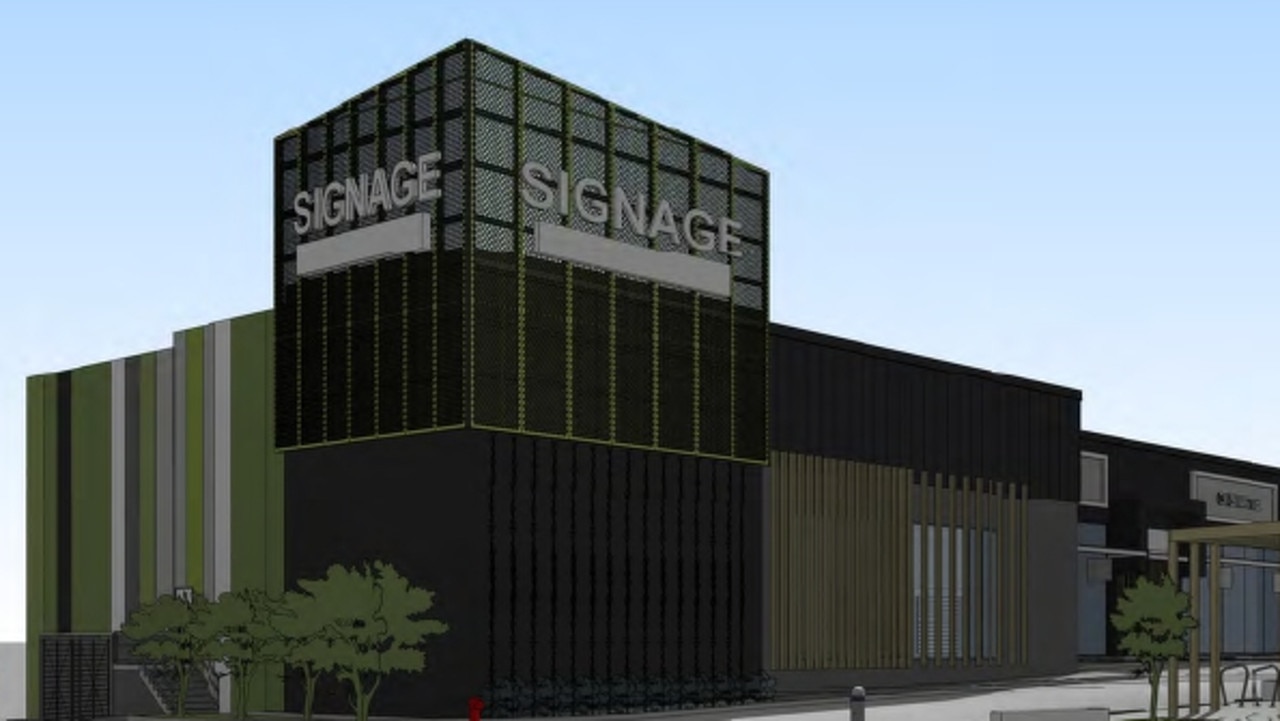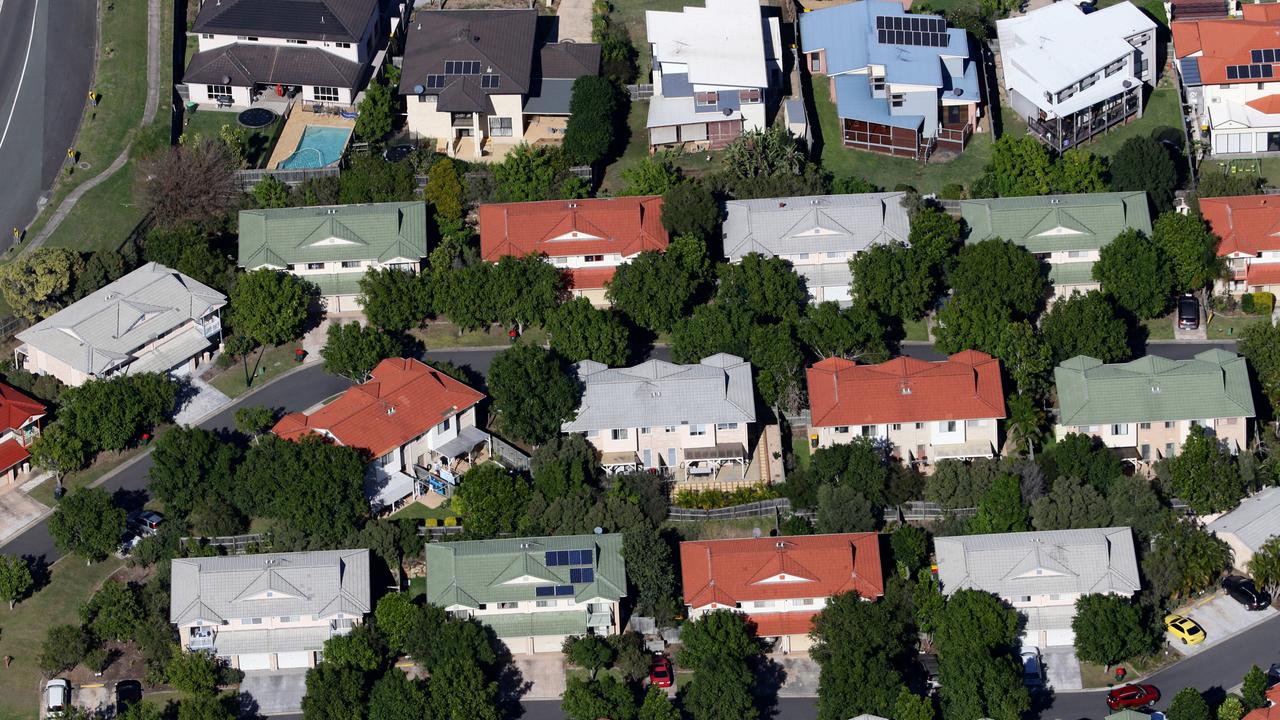Four Melbourne suburbs black-listed in new real estate ‘No-Go Zones’ report
A number of suburbs have been named in a new report of more than 100 “no go zones” for Australian property investors. See the list.
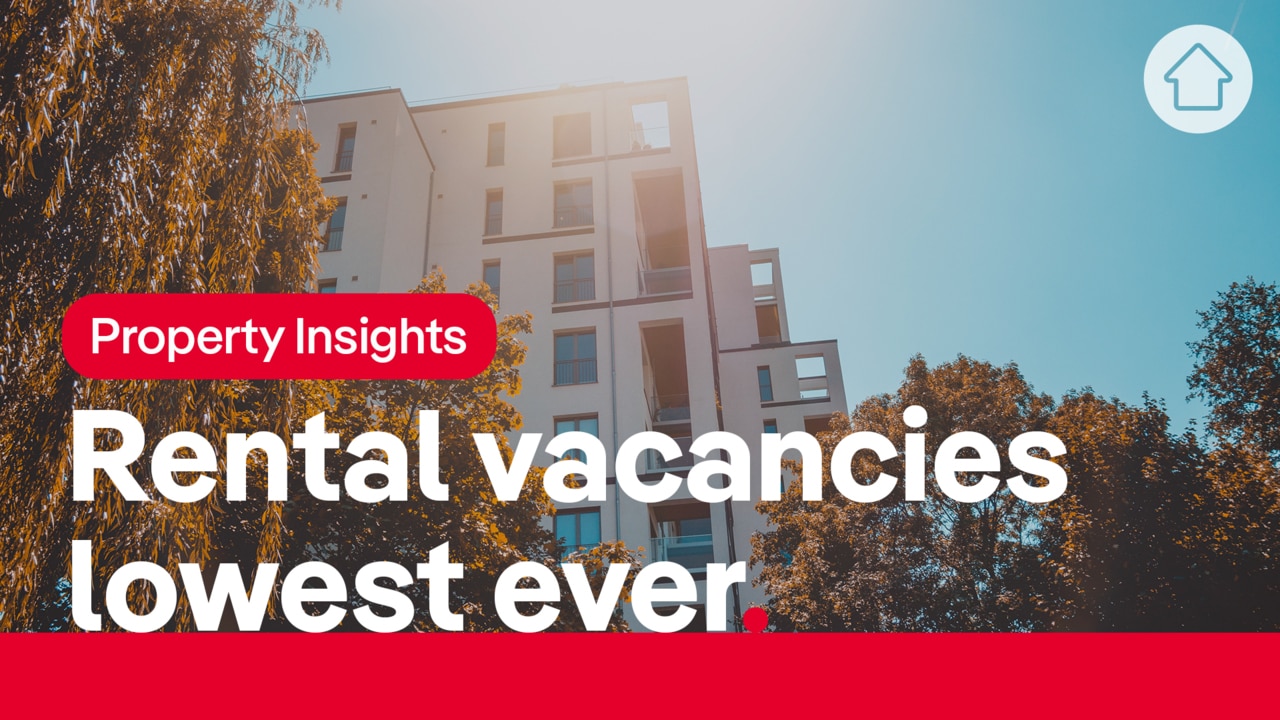
Property
Don't miss out on the headlines from Property. Followed categories will be added to My News.
Four Melbourne suburbs have been named in a list of more than 100 “no go zones” for Australian property investors.
High-rise heavy Docklands was ranked 30th in the report prepared by advisory group Positive Property.
South Melbourne was ranked 52nd, South Yarra was 60th and Caulfield North 64th.
RELATED: ‘You’ll lose money’: worst suburbs to own property revealed
25yo’s tips to build a nest egg after two-year home search
Victorian apartment approvals plunge to 17-year low
Report author George Markoski, a buyer’s agent and successful investor, said suburbs flagged in the research were the “bottom markets” for investors – mostly due to an overabundance of apartments.
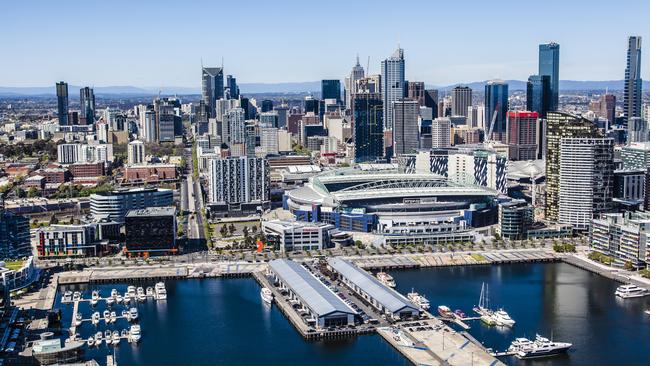
“On the surface, they seem like great markets because vendors are offering discounts, but you’re not actually buying under market value because the properties weren’t worth the asking prices,” Mr Markoski said.
“Even if you get a discount, you’re catching a falling knife. There’s a risk of falling equity.”
Mr Markoski said he was mostly advising against buying apartments in the Melbourne suburbs that made the list due to high density housing already present and a pipeline of new unit projects in the works.
“The only people who make money in these markets are developers,” Mr Markoski said. “As an investor, you want low supply and these markets are the opposite.”
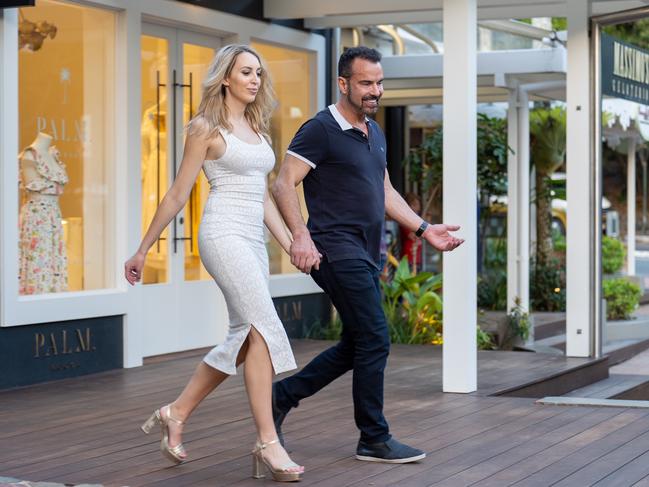
Real Estate Buyers Agents Association of Australia Victorian representative Luke Assigal said while Docklands was a “bit of a ghost town” with large numbers of apartments vacant and unlikely to yield price growth, houses in South Yarra, South Melbourne and Caulfield North could offer good investment potential.
“But there are oversupplies of apartments in those areas,” he said.
However, he did advise houses in some precincts could suffer if they became overshadowed by future development so some caution was required.
Mr Assigal added that larger, art deco-era apartments in more boutique developments with fewer than a dozen homes in them could also be a good investment in some of the suburbs — the risk of overshadowing or neighbouring development couldn’t be ignored.
Ne noted Caulfield North had the lowest risk for apartment investors looking at such homes, as most development in the suburb was linked to major sites.
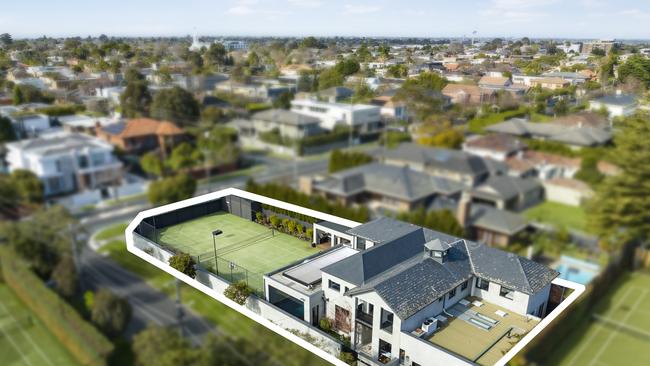
“But you may still be able to buy better elsewhere … where you might afford a house or a townhouse,” Mr Assigal said.
Overall, he said while Melbourne was getting a “bad rap” due to state taxes on investors, it still had good prospects for growth — especially if the government pulled back from its pursuit of property investors to repay its debts after high spending during the Covid-19 pandemic.
The No Go Zones report was based on analysis of multiple economic metrics and housing market indicators across nearly 15,000 Australian suburbs, along with council and building data.
Normally dominated by mining towns and lightly populated rural centres, this years list was unusual in that it was predominantly suburbs in capitals and major regional centres.
Perth accounted for the most suburbs on the list at 27, followed by the Gold Coast with 13 (with an extra suburb in neighbouring Tweed) and Sydney with 11.

Sign up to the Herald Sun Weekly Real Estate Update. Click here to get the latest Victorian property market news delivered direct to your inbox.
MORE: How Danny from The Block went from a little to a lot



